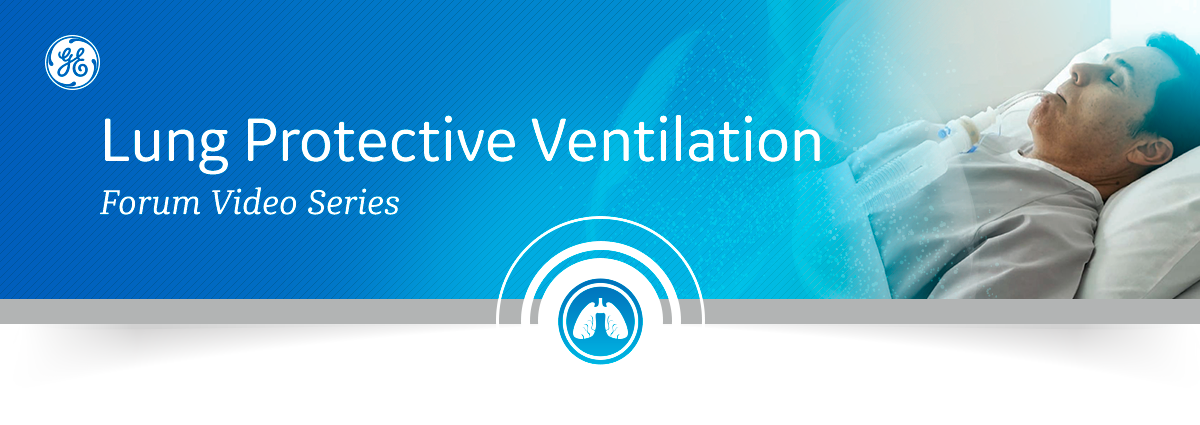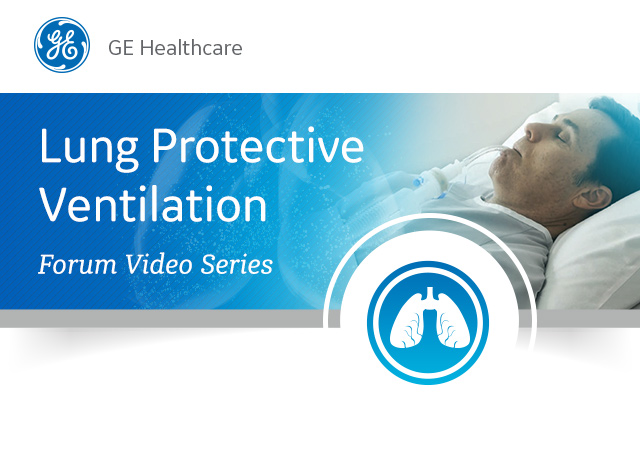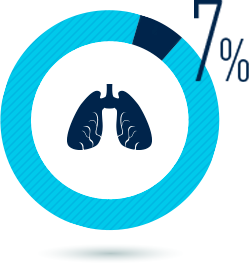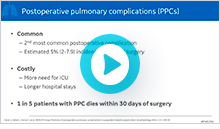Overall, general anaesthesia is an effective method for enabling surgical procedures, but mechanical ventilation must be performed in a precise and individualized way to avoid damaging the patient’s lungs.
GE Healthcare brought together
7 renowned clinical experts to develop guidelines based on an extensive literature review and consensus on using an LPV ventilation strategy during general anaesthesia.















